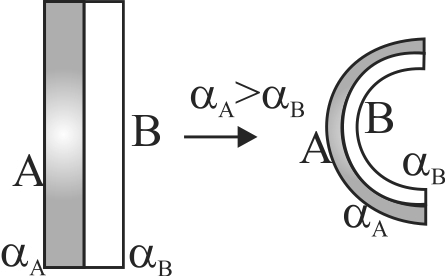366765 A uniform metal rod is used as a bar pendulum. If the room temperature rises by \(10^\circ C,\) and the coefficient of linear expansion of the metal of the rod is \(2 \times 10^{-6}\) per \(^\circ C\), the period of the pendulum will have percentage increase of
366765 A uniform metal rod is used as a bar pendulum. If the room temperature rises by \(10^\circ C,\) and the coefficient of linear expansion of the metal of the rod is \(2 \times 10^{-6}\) per \(^\circ C\), the period of the pendulum will have percentage increase of
366765 A uniform metal rod is used as a bar pendulum. If the room temperature rises by \(10^\circ C,\) and the coefficient of linear expansion of the metal of the rod is \(2 \times 10^{-6}\) per \(^\circ C\), the period of the pendulum will have percentage increase of
366765 A uniform metal rod is used as a bar pendulum. If the room temperature rises by \(10^\circ C,\) and the coefficient of linear expansion of the metal of the rod is \(2 \times 10^{-6}\) per \(^\circ C\), the period of the pendulum will have percentage increase of



